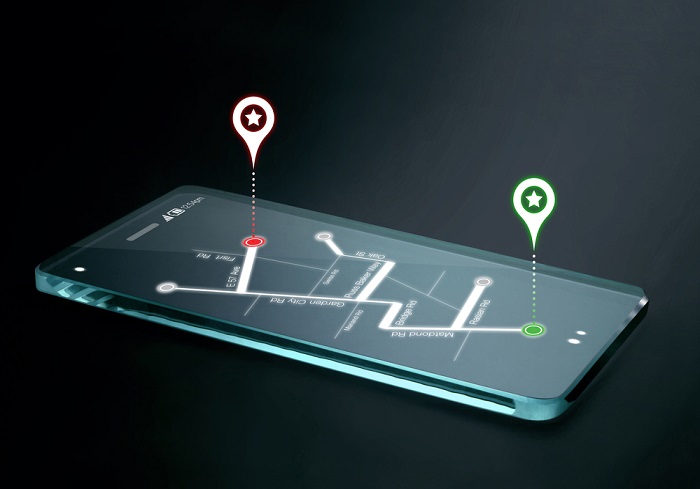
It’s a common trope in the tech startup world that very few successful companies end up resembling their initial iterations. YouTube was originally envisioned as a video dating community, and even Twitter began as a side project ancillary to the founders’ primary goal of making podcast directory Odeo a success. In fact, re-positioning a technology toward greener pastures is sometimes the only way burgeoning movements can survive.
Can the same be said for the future of beacons and location-based marketing?
That’s the philosophy behind Wayfindr, a U.K.-based joint venture between developer ustwo and the Royal London Society for Blind People that aims to provide accurate, reliable and – most importantly – easily implementable standards for beacon-enabled audio navigation for those with visual impairments that make traveling alone difficult, TechCrunch reported. Users simply input a destination and Wayfindr will keep a digital ear to the ground for active beacon networks that can respond to requests for navigation instructions.
Rather than using beacons as a lynchpin for retailers to send push notification on timely deals to passersby, ustwo and the RLSB are instead focused on developing a set of universal standards not only for the developer-facing issues of creating robust applications using beacon-assisted turn-by-turn audio navigation, but also for the optimal placement of physical beacons out in the real world.
“Part of the standard that we have [are] guidelines for what we call digital navigation services – so that’s people like Google Maps [and] Citymapper,” Umesh Pandya, co-founder and CEO of Wayfindr, told TechCrunch. “How to structure an audio instruction, what should be contained in it, what’s the syntax when communicating with visually impaired people who are using audio-based navigation.”
The idea shouldn’t be so revolutionary. Georgios Maninis, product designer at Wayfindr, told The Engineer that more-than-adequate navigational data is already being compiled and sent to users by services like Google Maps, Waze and others. The challenge, according to Maninis, isn’t to reinvent the wheel with beacons, but rather to create a functional standard where that data freely flows through an optimized network of physical beacons to users’ devices.
Wayfindr has been testing out its preliminary standards at two London metro stations. The first, at Pimlico, wrapped up in March, and a second at Euston will conclude in December. Early signs of success from these tests were so promising that Google.org recently awarded Wayfindr a $1 million grant to accelerate and expand testing in 2016, Wired reported.
However, that’s not to say that Wayfindr and Pandya are content to let the pages of the calendar fall without positive metrics to point to. In fact, Pandya explained that the project hopes to begin a finalized rollout of “one complete network” by 2017. What’s the source of this entrepreneurial optimism? From Wayfindr’s perspective, the obstacle to widespread beacon adoption isn’t mechanical, but administrative. If a uniform standard or set of best practices can pull back the curtain that still casts a good deal of uncertainty over beacons, then developers and retailers may have a much better idea of not only what they can do with the technology now, but also how they can push the envelope for functionality beyond what exists today.
“I don’t think it’s too far in the future,” Pandya told TechCrunch. “Beacons you can buy now. Handsets with Bluetooth you can buy now. I don’t think it’s a technology restrain – it’s just now an organizational challenge.”
If Wayfindr can find a way to overcome such organizational challenges that have to date frustrated even the most ardent beacon proponents, it won’t be just the visually impaired who’ll be interested in how far they go.